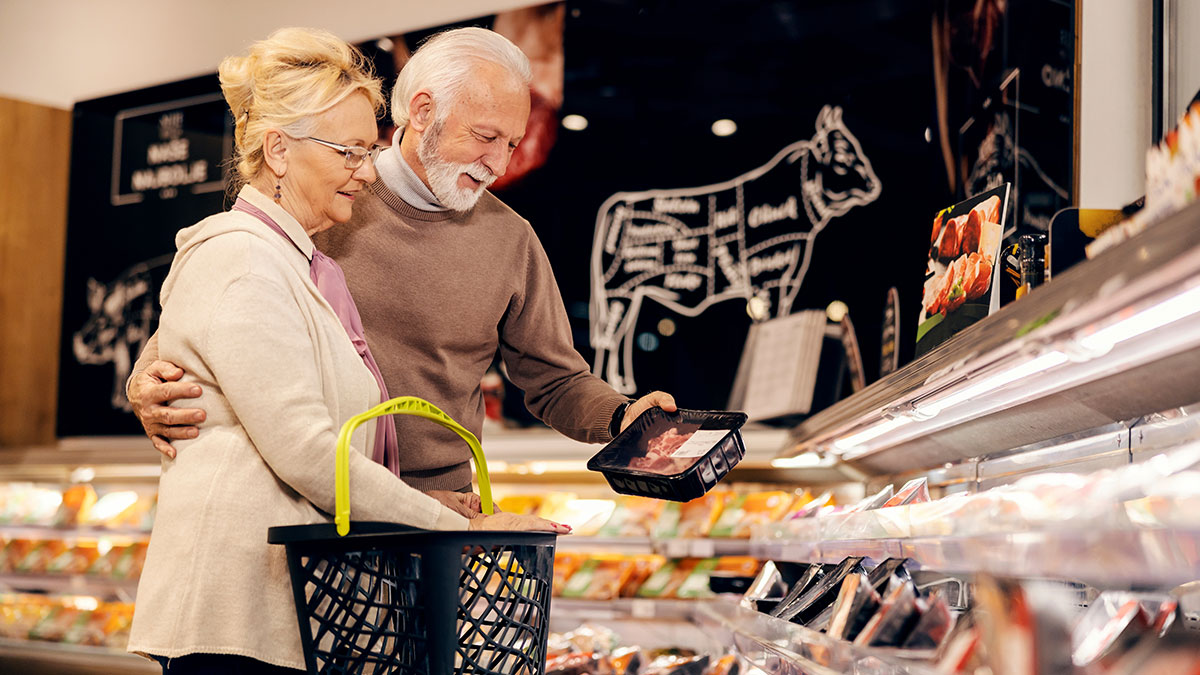By: Leslie G. Sarasin, FMI President and CEO
This is the first of five posts on The World is not a Stage, It’s a Supermarket, overviewing findings from U.S. Grocery Shopper Trends 2014.
Back in the day when there were only three television channels, it was relatively easy to have a favorite one. Enter cable TV and suddenly the landscape broadened from three channels to 300 and continued exploding to 3,000 possibilities - giving birth to the phenomenon of channel surfing.
Some recent publications have claimed people are “firing” their grocery store. In reality, people are diversifying where they shop. In other words, the food retail industry is experiencing the same channel surfing growth pains that the television industry did.
FMI’s U.S. Grocery Shopper Trends 2014, created in collaboration with the Hartman Group, shows a leap in the number of people who claim they have no primary store. When FMI first started listing this option in 2011, only two percent said they had no primary store. This year, nine percent could claim no primary store. Channel surfing in the food retail domain has grown such that nearly one out every ten shoppers cannot name a primary store.
We know from other research that Millennials – as a demographic – tend not to be traditional joiners. So, it would be easy to think that the bump in “no primary store” came from the rising millennial class. But you’d be wrong. The group contributing most to the assault on primary store loyalty is baby boomers – our hunch being that the growing number of retirees in that class have time on their hands to shop the full gamut of options.
The food retail world has a widely accepted vocabulary that includes such words as primary store, store loyalty, stock-up trip and fill-in function. Just as the phenomenon of channel surfing has been a challenge to the world of television, a similar challenge is now confronting food retailers– forcing us to rethink the meanings of some of our most accepted terminology and recalibrate the way we ask some of our research questions.
Download a copy of the study by visiting www.fmi.org/store. FMI Connect attendees can use the code found in the app and on-site directory.


 Industry Topics address your specific area of expertise with resources, reports, events and more.
Industry Topics address your specific area of expertise with resources, reports, events and more.
 Our Research covers consumer behavior and retail operation benchmarks so you can make informed business decisions.
Our Research covers consumer behavior and retail operation benchmarks so you can make informed business decisions.
 Events and Education including online and in-person help you advance your food retail career.
Events and Education including online and in-person help you advance your food retail career.
 Food Safety training, resources and guidance that help you create a company food safety culture.
Food Safety training, resources and guidance that help you create a company food safety culture.
 Government Affairs work — federal and state — on the latest food industry policy, regulatory and legislative issues.
Government Affairs work — federal and state — on the latest food industry policy, regulatory and legislative issues.
 Get Involved. From industry awards to newsletters and committees, these resources help you take advantage of your membership.
Get Involved. From industry awards to newsletters and committees, these resources help you take advantage of your membership.
 Best practices, guidance documents, infographics, signage and more for the food industry on the COVID-19 pandemic.
Best practices, guidance documents, infographics, signage and more for the food industry on the COVID-19 pandemic.
